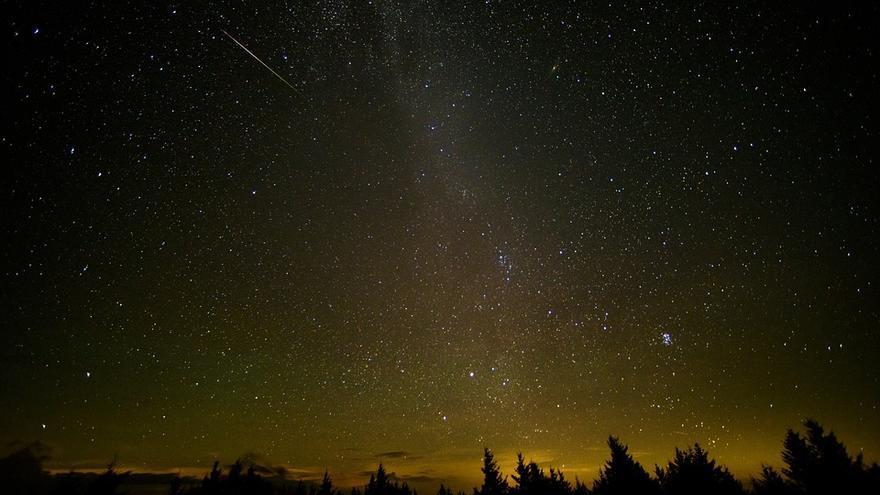Draconide Starfall
The Draconid meteor shower is one of the seven most visible showers from Earth that occur each year. On this occasion, the vision starts from October 6th and continues until October 10th. Maximum visibility will be achieved in the early morning of October 8-9.
See also: Night of the full moon at the Acropolis in Athens
It is one of the most visible regions, especially in the northern hemisphere.
It is a group of meteors belonging to Comet 21P/Giacobini-Zinner, which separated from this large space rock. This debris, when it passes near the Earth’s atmosphere at high speeds, burns and produces its luster in the form of lines.
To see them more easily, it is recommended to do this, preferably between 2 and 3 am, with the least possible interference from artificial light. The recommendation is to look north.
Orionid meteor shower
See also: Astronomers search for evidence of technology made by aliens
Another Orionid meteor shower is more active than the previous one. They got their name because they are especially visible near the constellation Orion, which, in turn, is one of the easiest constellations to recognize.
These meteorites are debris left behind by Halley’s Comet, and they become visible when Earth crosses this dirt path it leaves in its wake.
The Orionids are expected to peak between 20 and 25 fast meteors every hour, best seen between midnight and the hours before sunrise, during the darkest point in the sky.
They will be present between October 16-30, but the busiest night is expected on October 21.
See also: Blue Moon and meteor showers, space events to be seen from Earth in August
Data taken from El Tiempo

“Problem solver. Proud twitter specialist. Travel aficionado. Introvert. Coffee trailblazer. Professional zombie ninja. Extreme gamer.”




More Stories
With a surprise in the case: a strange cell phone from Nokia was introduced
PlayStation Stars: what it is, how it works and what it offers to its users | Sony | video games | tdex | revtli | the answers
t3n – Digital Pioneers | digital business magazine